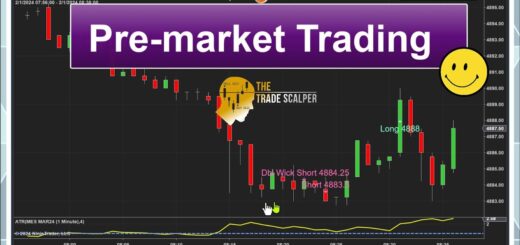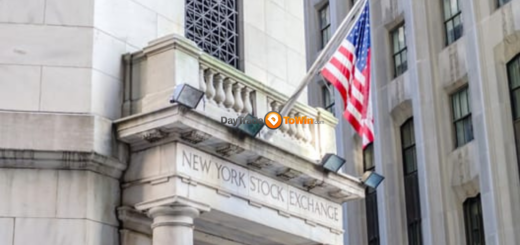S&P 500’s Support in the Face of Bond Market Pressures
Key Insights for Today’s U.S. Trading Session
While you were away, the yield on the 30-year Treasury briefly exceeded 5% earlier today, indicating ongoing turbulence in the bond market.
Influential figures in the world of finance are sounding the alarm:
Amidst the stock market’s erratic performance, technical analysts are closely monitoring a critical level for the S&P 500, the focal point of our discussion today.
Michael Kramer, the founder of Mott Capital Management, emphasizes the importance of the 4,200 level. He points out that it not only corresponds to the 200-day moving average (DMA) but also signifies the S&P 500’s loss of a 20% gain from its October 2022 lows. The S&P 500 closed at 4,229.45 on Tuesday, reflecting a 1.37% decline.
Kramer highlights the potential for investor unease if the 200-day moving average is breached, signifying the end of the bull market. The 200-DMA is a critical indicator for many technical analysts in assessing long-term trends. Despite Tuesday’s sell-off, the S&P 500 remains 21% above its October intraday low. A 20% decline from its July 31 high would be necessary to exit the bull market.
Kramer underscores the significance of the 4,200 level, both from a technical and psychological perspective. He suggests that a breach could lead to further deterioration, especially if weak job data on Friday triggers a collapse in rates.
Heisenberg (@Mr_Derivatives), a commentator on the stock market, has also been discussing a pivotal moment for the S&P 500. He anticipates a visit to the 4,200 level in the near future, possibly overshooting to 4,185 to 4,190, followed by a reasonably strong rally.
On a different note, Keith Lerner, the Co-Chief Investment Officer and Chief Market Strategist at Truist Advisory Services, sees an opportunity as the stock market approaches its most oversold condition since autumn 2022, particularly as it nears the 4,200 support level. He expects a temporary dip below this level, given the high number of observers.
The good news is that “the percentage of stocks within the S&P 500 trading above their 50-day moving average is now below the 20% threshold considered oversold and sits at 15% currently,” according to Lerner. This suggests indiscriminate selling and historically tends to precede market rebounds, especially in stronger markets. However, the outcome will hinge on yield stabilization and the upcoming earnings season.
For investors below their benchmark equity targets, there may be an opportunity to “increase equity exposure and bring weightings closer to a neutral position,” Lerner suggests.




